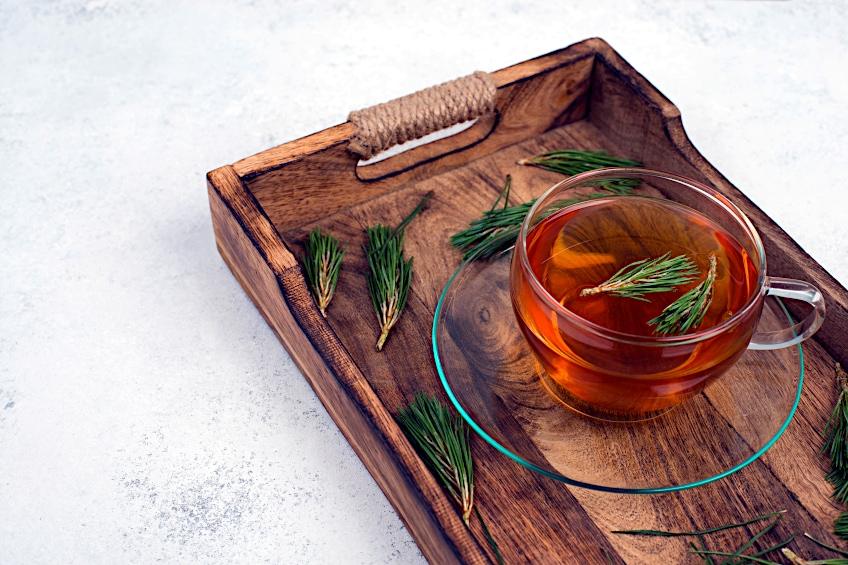
How to Make White Pine Needle Tea – Eastern White Pine Benefits
White pine tea has long been known to be both a nutritional and tasty drink that can easily be sourced in your own back garden or neighborhood. You can find the white pine tree in abundance, but which pine needles are safe for tea? In this article, we will discover how to make white pine needle tea by checking out a few pine needle tea recipes and discussing the several white pine needle tea benefits you can look forward to.
Everything You Need to Know About White Pine Tea
Any forager who lives in proximity to a pine tree can make wonderful and nutritious white pine tea for free! Most folks are surprised that the trees surrounding us provide abundant healthy foraging possibilities. In the instance of evergreens, such as white pine trees, the fact that they may be harvested all year round makes them even more useful.
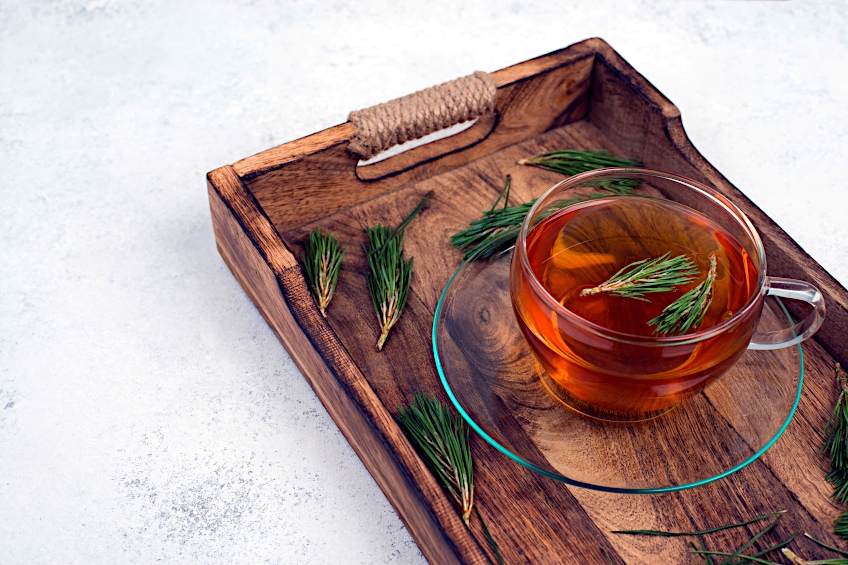
White Pine Needle Tea Benefits
The medicinal chemicals in pine needles and other traditional plant remedies have been the subject of some fascinating studies. If you are like many others out there, you most likely had no idea your white pine trees may be beneficial for your body. The greatest advantages of drinking white pine tea include enhancing vision, reducing chest problems, boosting circulation, preventing chronic illness, raising cognitive function, enhancing cardiovascular health, and speeding up recovery. With over a hundred different species of pine trees out there, you should select the right pine needles, because several may possess toxins or create unpleasant side effects.
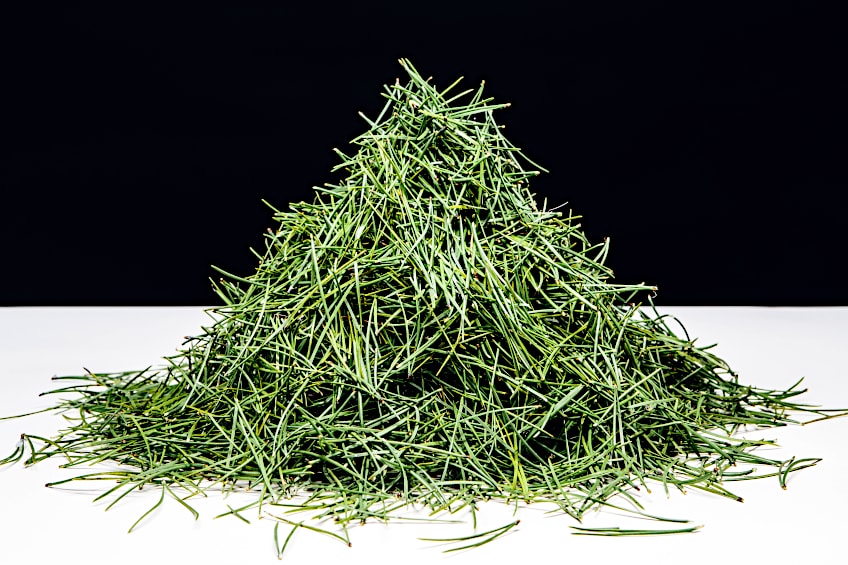
Indigenous cultures and traditional herbalists have been using pine needles for ages. Some of the therapeutic effects of pine needles include:
Anti-Inflammatory Properties
A variety of serious disorders are caused by inflammation. Numerous research studies in recent years have concentrated on the anti-inflammatory properties of essential oils from a variety of plants, including several pine species.

Pain-Relieving Properties
Pine is said to have anti-inflammatory properties. These properties, in principle, may achieve two things: Relieve the discomfort of inflammatory skin diseases such as eczema, acne, and rosacea. It can also provide pain relief for other medical issues such as muscular pain and arthritis.

Anti-Microbial Properties
The antimicrobial properties of an extracted solution of pine needles were tested against several food-borne bacteria, and the process behind it was studied using an electron microscope. In vitro antibacterial testing revealed that pine needle extract had exceptional antibacterial responses against the tested microorganisms. Their studies suggested that it could be a new viable resource of natural antibacterial properties for food.

Decongestant and Expectorant Properties
Internally, pine may be drunk as a tincture to treat colds or respiratory infections. Pine resin is suitable for people of all ages and can be used as a chest salve to treat respiratory colds. Native American archives suggest that white pine tea was utilized for its decongestant properties.

Polyphenol Health Benefits
Pine needles, like many other powerful medicinal species, possess flavonoids, which are proven to be beneficial to our health. According to research, pine needles contain a-pinene, which can assist with anxiety, memory, and mood stabilization.

Antioxidant Benefits
Antioxidants assist our systems in dealing with oxidative damage, which may alter proteins in ways that could lead to chronic ailments such as cancer and arthritis. Pine needles, as well as other antioxidant-rich foods, contain chemicals that could significantly decrease oxidative damage, lowering our susceptibility to many chronic illnesses. According to one research, pine needles display high antimutagenic effects on cancer cells, pointing to their considerable value in cancer prevention.

Vitamin Benefits
Pine needles also provide vitamin C, hence why it has historically been used to treat scurvy. There are various assertions that the vitamin C content of pine needles surpasses that of citrus fruit, but none of them provide references. According to one research study, different species of pine have varying quantities of vitamin C, some of which are fairly high. Another source discovered that the vitamin C values in the pine needles studied were not particularly high, but when drank in white pine tea, they appear to be sufficient to aid with scurvy.
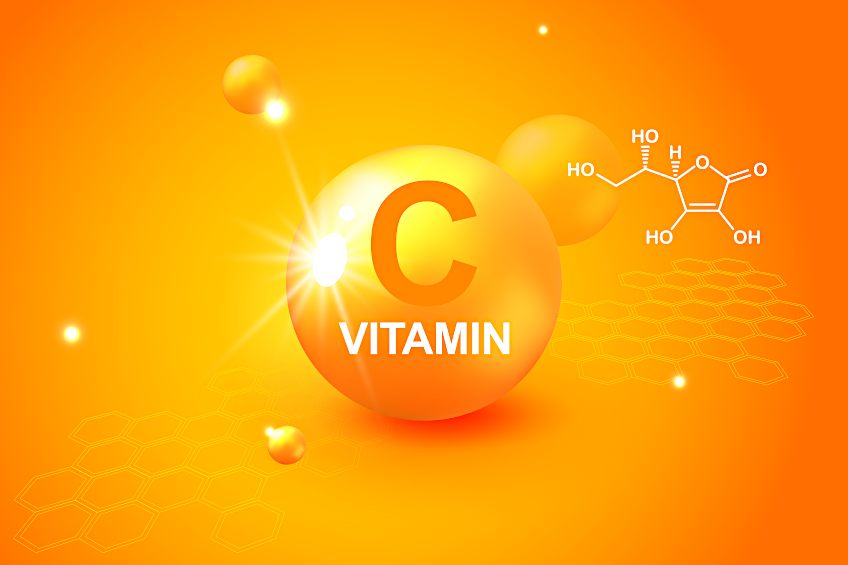
Weight-Loss Benefits
Pine tea may have similar properties to black and green tea. According to studies, it may aid with weight loss. A Korean trial on rodents and overweight humans discovered that combining pine needle extract with black and green tea reduced weight and decreased fat mass.

Cardiovascular Health Benefits
Pine tea may also be beneficial to your heart. According to studies, it may defend against LDL oxidation, a disease that might endanger your cardiovascular health. It may also have powerful anti-inflammatory qualities, which aid in reducing any stress to your heart caused by pollution or other causes.

Cognitive Function Benefits
Early investigations on the impact of this strong tea on neurodegenerative illnesses have yielded encouraging findings. A rodent study showed that it can be quite successful in the treatment of cognitive problems or amnesia. The antioxidants may aid in the regeneration of neural connections and the improvement of recollection abilities.

White pine tea, no matter how much vitamin C it provides, isn’t solely for scurvy. You’re undoubtedly aware that vitamin C plays a crucial role in immune functions, making it effective in the battle against colds. Students at the University of Maine discovered that steeping pine needles in hot water rapidly produced shikimic acid, one of the essential constituents in the antiviral medicine Tamiflu, however, a cup of white pine tea contains only a trace of this chemical in comparison to a dose of Tamiflu.
To absorb considerable amounts of these chemicals, you’d have to ingest a substantial amount of white pine tea. However, including a conveniently harvested tea in your organic tea routine can help you increase the number of polyphenols in your daily intake, which is always beneficial.
Discovering Which Pine Needles Are Safe for Tea
Before harvesting, the very first law for foraging for plants is to always identify the species correctly. Although some individuals identify all evergreens as pines, there are actually many distinct varieties of conifers, and not all of them are edible. There are approximately 100 varieties of pine that grow throughout the world, and they all have one distinguishing feature: bunches of long needles. If you locate an evergreen plant that has individual needles growing straight off the branch, it is most likely a fir or spruce rather than a pine tree.
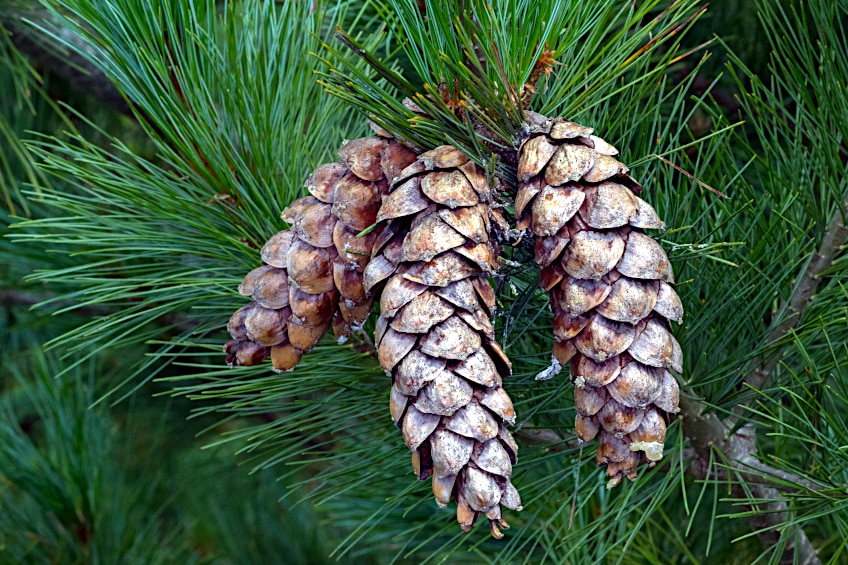
You’ll find them in a lot of online articles claiming to be about white pine tea, but they’re actually brewing fir or spruce tea. Here’s more information on distinguishing between fir, spruce, and pine. Eastern white pine trees are found across the North American region and are easily distinguished by their clusters of five needles, whereas yellow pines have three clusters and red pines have two clusters. A needle could have fallen off the cluster you are inspecting, so always count the number of needles on several clusters.
A few trees to avoid that are commonly mistaken for pine are Fern pine, Norfolk pine, Cypress, and Yew plants. The Australian pine is yet another example of a plant that has been given the pine moniker without actually belonging to the genus. A study that is cited often regarding cattle given substantial amounts of ponderosa pine discovered that expecting cows were more likely to suffer a miscarriage on a ponderosa pine diet, contributing to claims that ponderosa pine is harmful to expecting humans to consume.
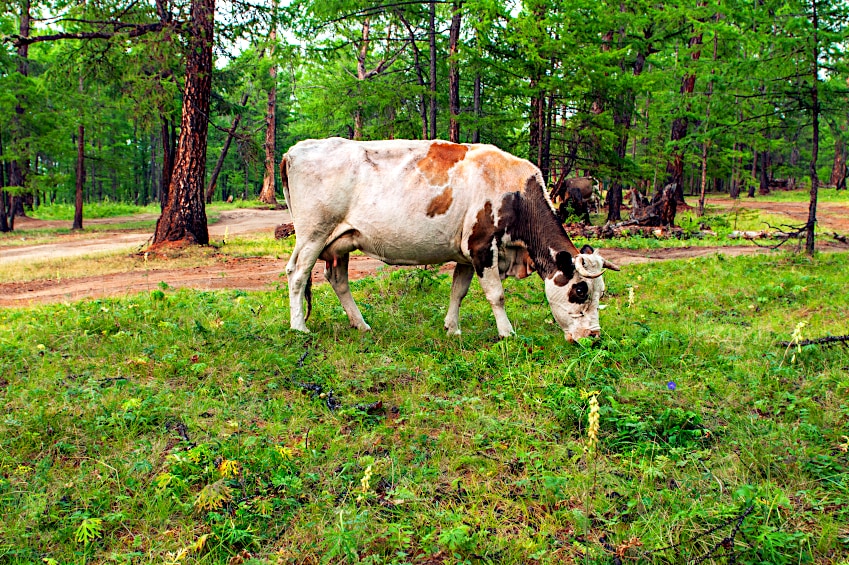
The essential plant to watch out for is poisonous yew tree species. These have flattened needles that are white on the bottom. They resemble hemlock plants, which have flattened needles and are greenish on the bottom. Apart from the needles, yew does not resemble pine at all. Pine needles are not flat, may be rolled between your fingers, and are considerably longer than the needles of the yew tree. Though fears regarding ponderosa pine may be exaggerated, most doctors advise care with many plants during pregnancy due to a shortage of toxicity data.
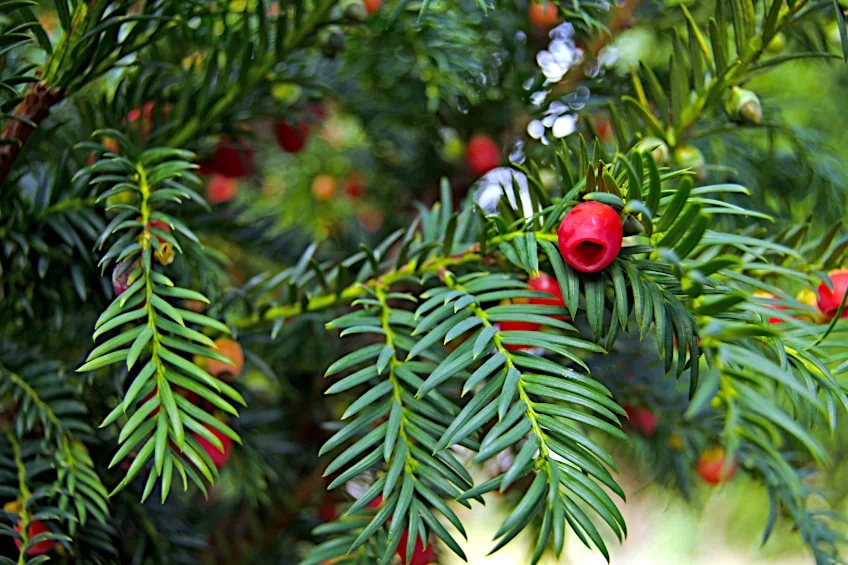
Each cluster of needles on a Ponderosa pine has two to three needles. There is also contradictory information concerning the digestibility of Lodgepole pine, so avoid it if you are concerned. If you would like to be particularly cautious, use needles from plants with five needles per cluster, which ensures you’ll only be making white pine tea.
Potential Side Effects
Pine needle tea’s diuretic properties might be bothersome to the bladder. If you are on prescribed medication, consult your doctor before consuming pine tea on a daily basis. Other medicines moving in your blood can be reduced by drinking white pine tea. There are many different types of pine trees. When consumed as food, several of them are possibly harmful or toxic. It is best to forage for pine needles with the help of a specialist. According to the USDA, ponderosa pine needles could potentially be the cause of miscarriage in cattle that were fed it regularly.

Because there is so little testing, the majority of the reported adverse effects of pine-need tea are likely anecdotal. For expectant mothers, Ponderosa pine needles should not be consumed. Because some pine varieties are harmful, it is best to refrain from consuming, not just pine, but any of them if you are pregnant. You must also be mindful of any suspected pine allergies. The pine oil generated during the brewing process may have irritating effects on the skin and gut, causing abdomen discomfort in certain people. Given these potential adverse effects, it is suggested that you start with half a cup.

Foraging for Needles
You may start gathering needles as soon as you have correctly identified the species of pine trees you were considering for use. Pick needles from a branch that hasn’t been treated with pesticides, which might also entail skipping public parks or private yards where residents or councils have used pesticides on their grounds. If you’re harvesting from your Christmas tree, ensure that it hasn’t been treated, as many industrial producers do.
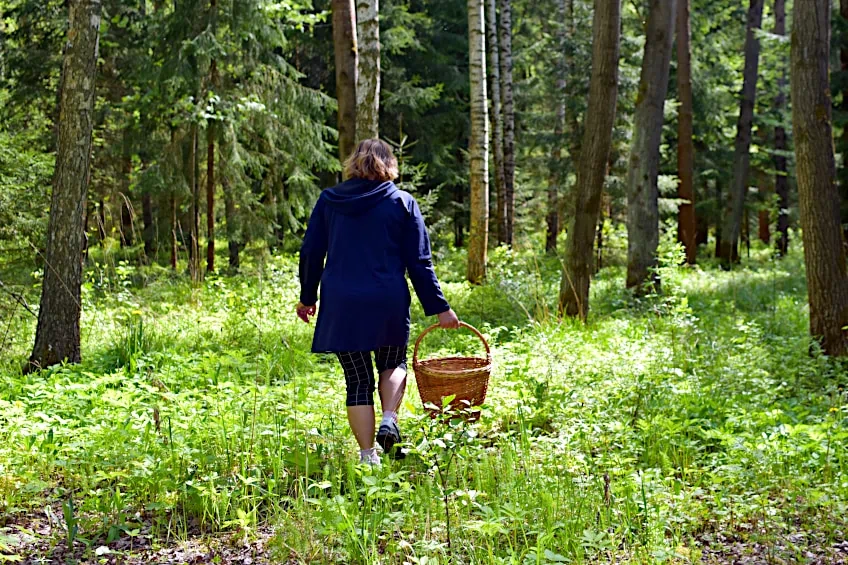
Gather needles selectively, as the tree requires a lot of them to stay alive. Gather just a few clusters of needles from different trees instead of a large amount from a single plant. Many needle gatherers favor the taste of smaller needles, which may be found at the branches’ ends. If you don’t have easy access to pine trees and prefer to save some for later, you can make pine tea with dried pine needles.
How to Make White Pine Needle Tea
Some tea drinkers recommend immersing the tips of a branch in boiling hot water, while others recommend cutting the needles first and using a few teaspoons per cup of hot water. Different trees have distinct tastes, and the taste might change according to the season. There is no one ‘correct’ technique to brew white pine tea, so try what works best for you personally. You’ll probably get more benefit from your pine tea if you slice the needles before steeping them. It is also recommended that you make your tea strong and then dilute if needed instead of adding too few needles and having a bland tea that you wouldn’t enjoy drinking.
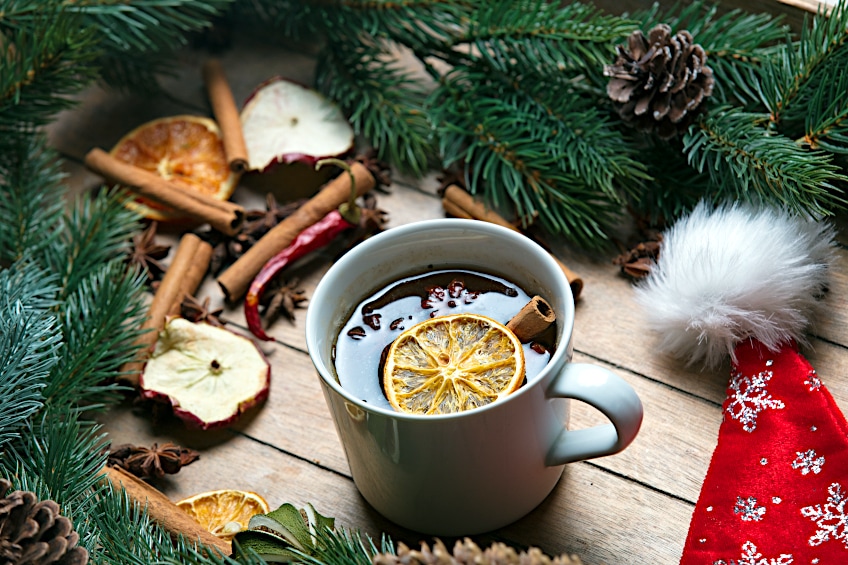
Pine Needle Tea Recipes
You simply need a handful of fragrant pine needles to prepare white pine tea. Fresher needles contain stronger flavor and scent, as well as higher vitamin contents. Pine shoots, which have a considerably more resinous flavor, can also be utilized. The amount you require depends on your preferences, but two to four teaspoons of shredded pine needles make an excellent cup for most people. While they may be left whole, breaking them up expands the surface area which helps release more flavors.
Recipe One
For this pine needle tea recipe, you will require a third of a cup of pine needles (chopped), two cups of boiled water, and an optional sweetener such as honey.
- Harvest pine needles only from plants that have been clearly verified as pines, not the species to beware of listed above.
- Clean the needle clusters after removing them from the branch.
- Remove the brown coating that holds the needles together and cut the needles into little bits.
- Put the chopped needles in a teapot, cover with recently boiled water, and simmer for 10 to 15 minutes.
- Lastly, strain the tea, add sweetener if you so desire, and enjoy!
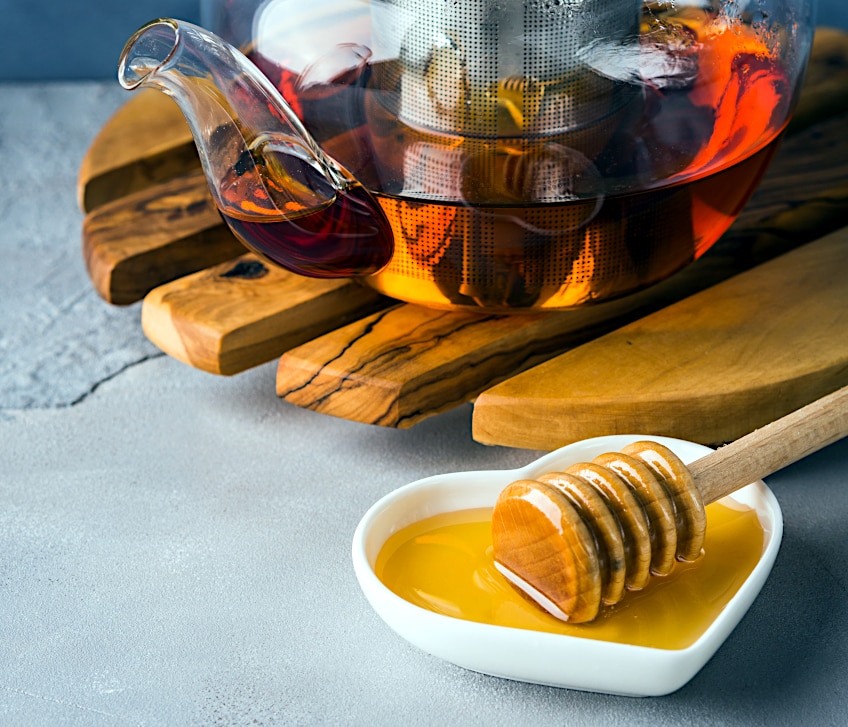
Recipe Two
This recipe is perfect for those chilly winter nights when you want to curl up with a good book and a cup of tea next to the fireplace. This Pine Needle Tea recipe features a chai twist on the traditional needle tea and for it, you will require three tablespoons of chopped pine needles. Now for the chai twist: you will need two cardamom pods, about one and a half teaspoons of grated ginger, two sticks of cinnamon, two pods of Anise, and one teaspoon of allspice.
- Clean and chop your needles.
- Add your needles to six cups of water.
- Add the rest of the ingredients.
- Allow it all to boil.
- Then allow your tea to simmer before serving it with your sweetener of choice.
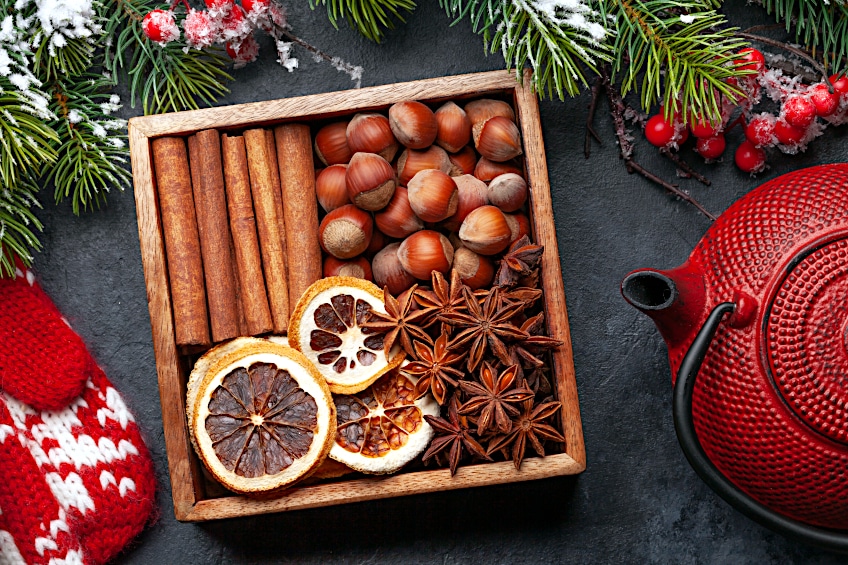
The Taste of White Pine Tea
While you may anticipate pine needle tea to be bitter or powerful in flavor, it is really rather delicate. It smells like a pine tree, but it has very light citrus overtones, more like a fragrant beer than harsh citrus. It has a woody aroma that smells like the forest but in a pleasant, not nasty sense. Some people drink their tea straight, but a little honey or milk is a typical accompaniment.
This wraps our look at how to make pine needle tea. As we have learned, there are numerous white pine needle tea benefits that aid in your sense of general well-being and overall health. Not only are they healthy, but the pine needle tea recipes we have included are also full of flavor and unique aromas. Whether you are looking for a traditional tea with just some water and perhaps some honey, or perhaps you feel like trying out a seasonally themed tea, then we are hopeful that this article helped you find just the right recipe for you!
Frequently Asked Questions
Which Pine Needles Are Safe for Tea Consumption?
The Eastern white pine is easily identified and has delicious needles. Examine the tree’s needle formation—Eastern white pine trees produce needles in groups of five. Please remember that needles fall off the plant, so inspect multiple needle bunches for the clustering arrangement of five needles.
Which Needles Are Not Safe to Make Tea From?
Fern pine, Norfolk pine, cypress, and yew plants are a few trees to avoid that are sometimes mistaken for pine. The Australian pine is yet another example of a plant given the pine name despite not belonging to the genus. Research on cattle fed large quantities of ponderosa pine revealed that expecting cows were more likely to miscarry on a ponderosa pine diet, lending credence to concerns that ponderosa pine is dangerous to pregnant humans.
What Are the White Pine Needle Tree Benefits?
Some interesting studies have been conducted on the therapeutic compounds found in pine needles and other natural herbal treatments. The most significant benefits of consuming white pine tea are improved vision, reduced chest difficulties, increased circulation, prevention of chronic sickness, improved cognitive function, improved heart health, and faster recovery time from illnesses.
Are There Potential Health Risks to Drinking Pine Needle Tea?
According to research by the USDA, pregnant women should avoid consuming Ponderosa pine needles. You should also be aware of any potential pine allergies. The pine oil produced during the refining process may be unpleasant to the skin and stomach, causing stomach cramps in certain people. The diuretic qualities of pine needle tea may be upsetting to the bladder. If you are on medication, talk to your doctor before drinking pine tea on a regular basis. Drinking white pine tea can also potentially interact with medications in your bloodstream.
How Do I Forage Needles to Make White Pine Tea?
Pick needles from a pesticide-free branch, even if this means not foraging in spaces where individuals have sprayed pesticides on their properties. Gather needles with caution, as the tree requires a large number of them to survive. Gather a few clusters of needles from many trees rather than a big number from a single plant. You may prepare pine tea with dried pine needles if you don’t have quick access to pine trees and want to conserve some for later.
What Does White Pine Tea Taste Like?
Pine needle tea is often described as a pleasant if somewhat bitter beverage. Some people compare it to nettle or holy basil tea. It’s also a relatively mild drink, so consider putting more herbs like mint to enhance the overall taste. To make a stronger tasting drink, add additional needles than the recipe specifies and allow it to simmer for longer. It might take a bit of trial and error, but with a little practice, you can soon be making this beneficial drink taste as good as it works.
The post How to Make White Pine Needle Tea – Eastern White Pine Benefits appeared first on Natural Herbal Living.
